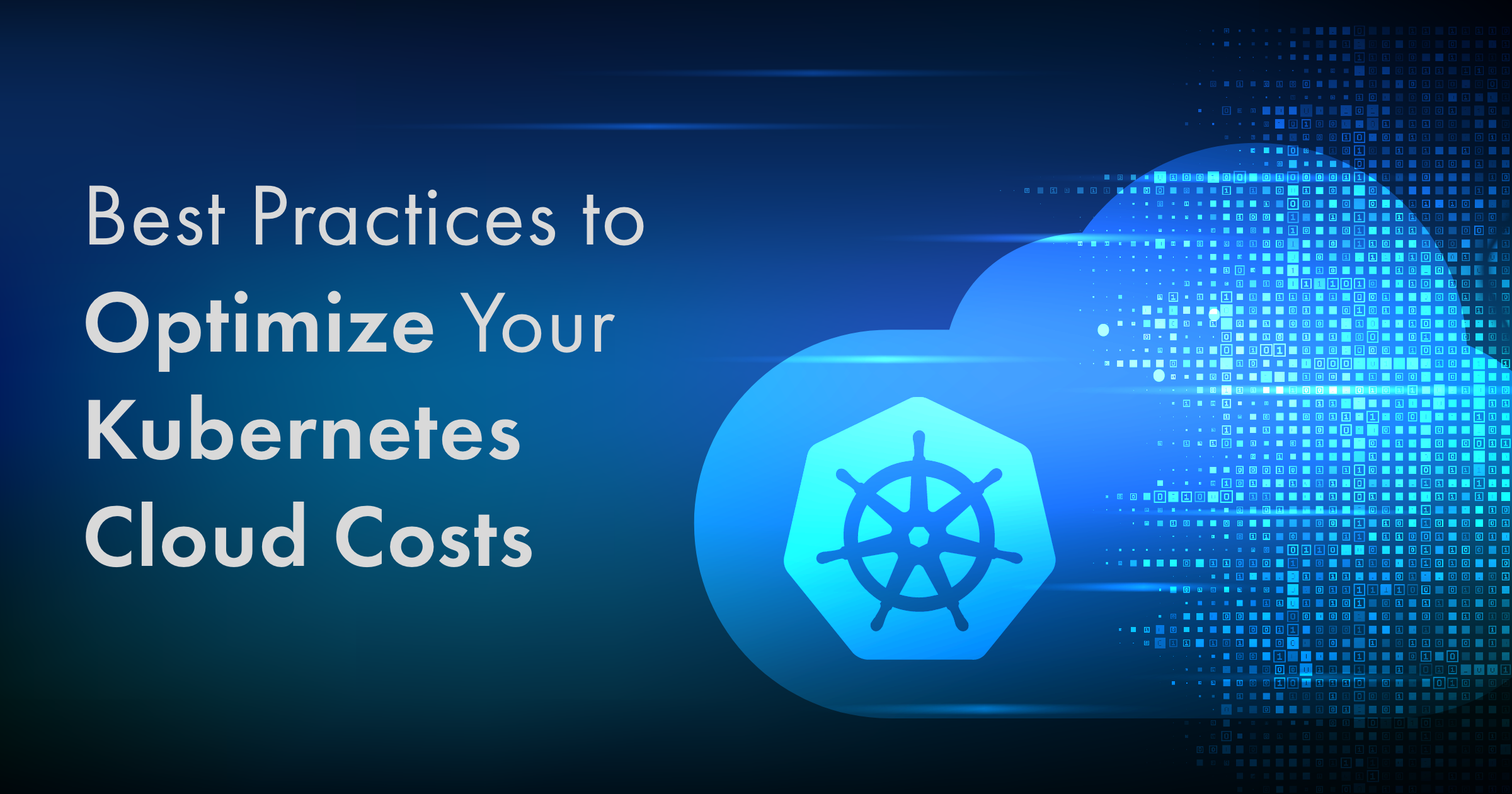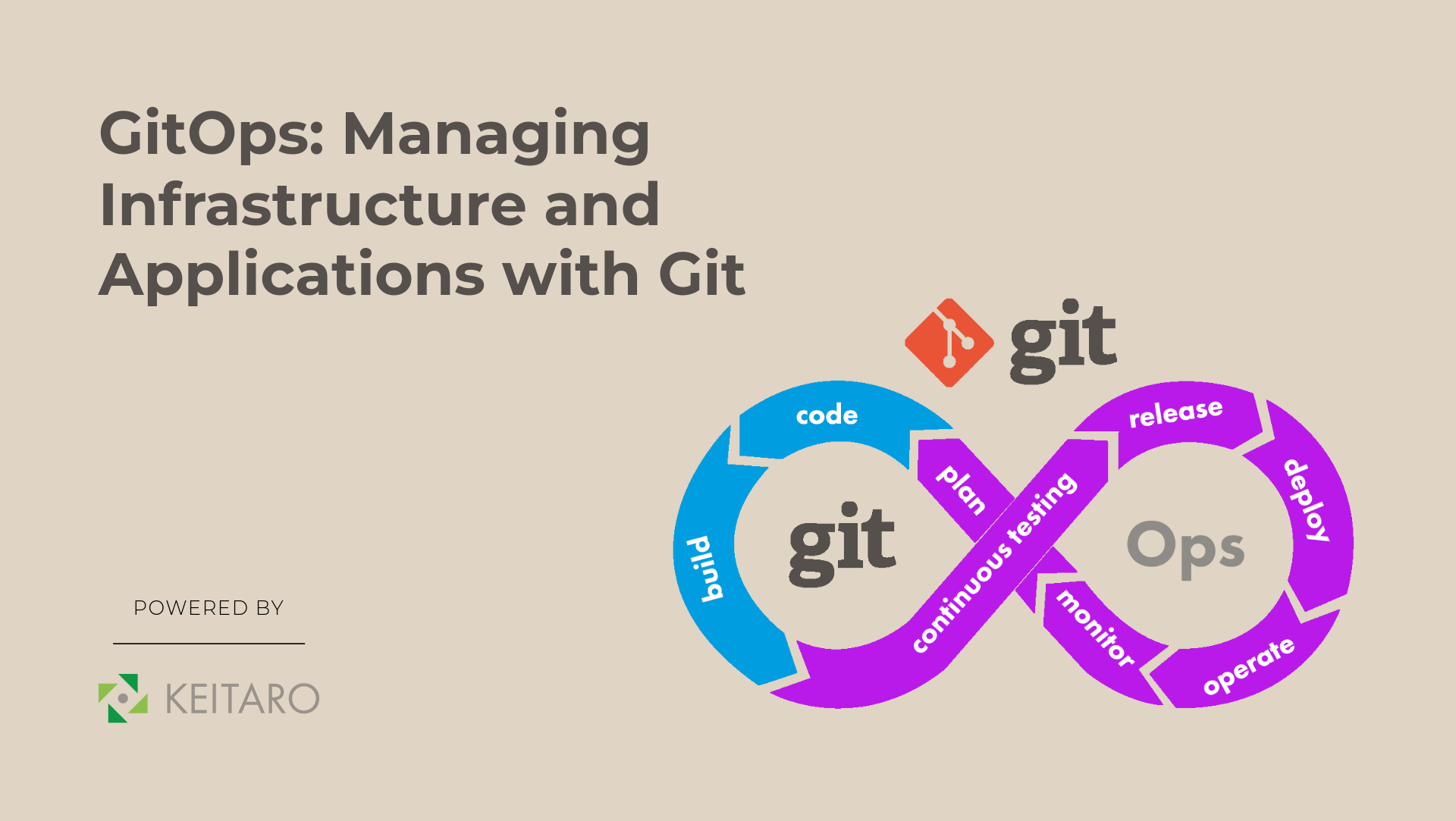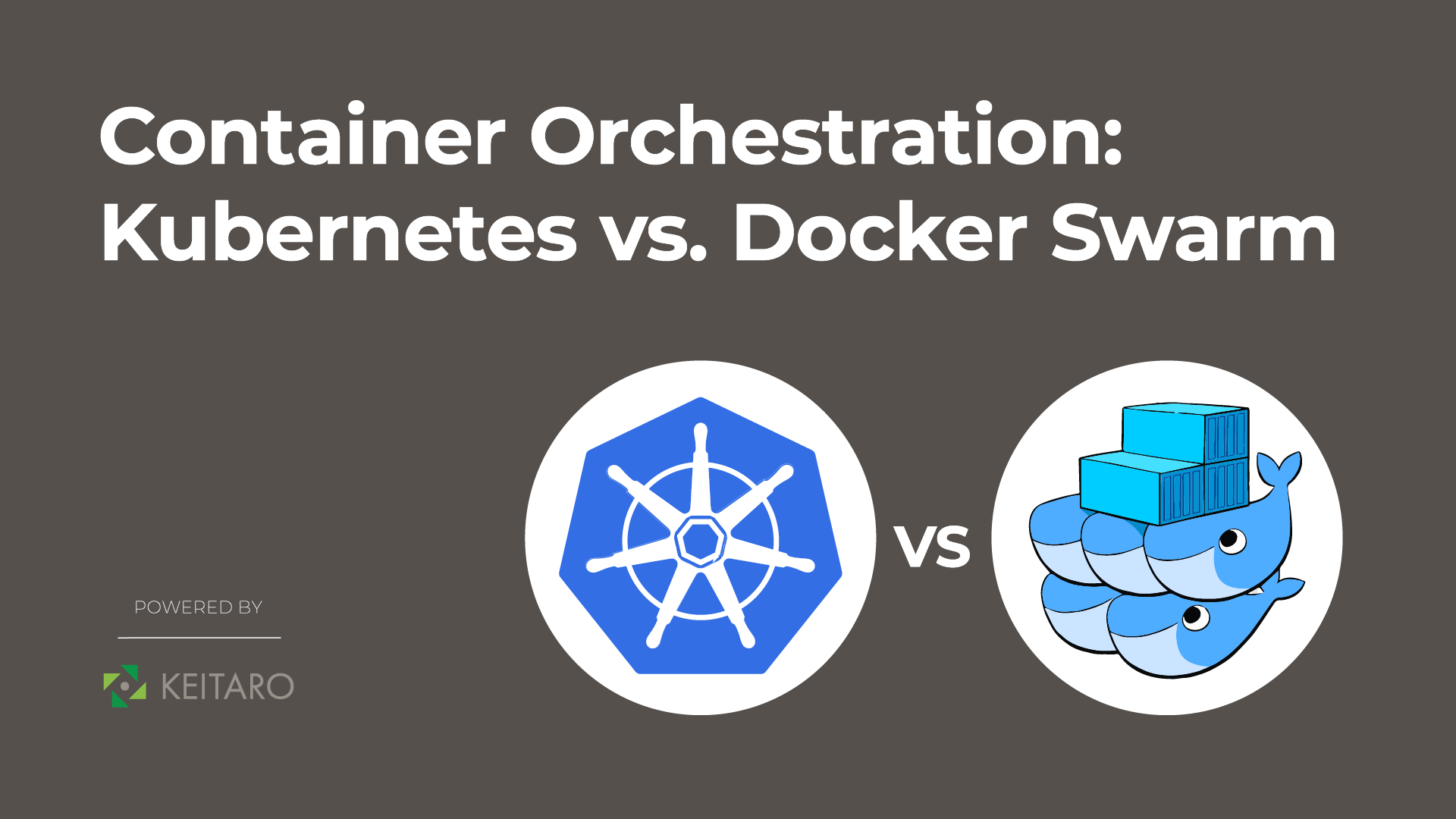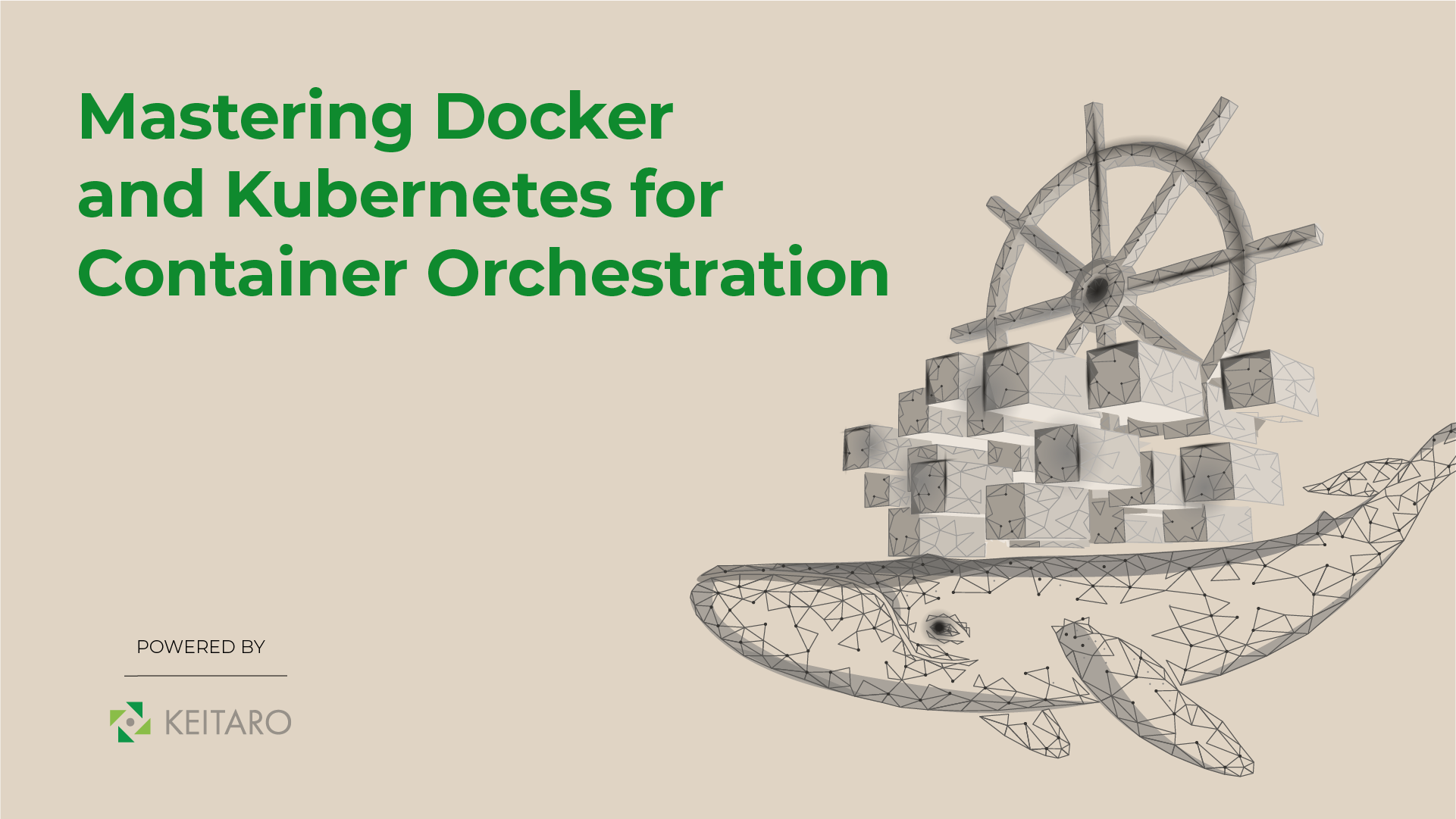Introduction
Kubernetes is a container orchestration platform that includes a variety of configurations. Containers are used to run applications, and they rely on container images to define all of the resources required. Kubernetes handles these containers by forming pods out of one or more of them. Within a cluster of compute nodes, pods can be scheduled and scaled.
Then there are namespaces, which are used to organize Kubernetes resources like pods and deployments. A namespace can be used to simulate the structure of an organization, such as having a single namespace for each team or an environment for developers.
As Kubernetes gets momentum, more businesses and platform-as-a-service (PaaS) and software-as-a-service (SaaS) providers are deploying multi-tenant Kubernetes clusters for their workloads. As a result, a single cluster could be hosting applications from many teams, departments, customers, or environments. Kubernetes’ multi-tenancy allows businesses to manage a few large clusters rather than several smaller ones, resulting in better resource planning, effective supervision, and fragmentation reduction.
Some of these businesses with rapidly increasing Kubernetes clusters begin to see a disproportionate increase in costs over time. This occurs because traditional businesses that use cloud-based technologies like Kubernetes lack cloud experience, which results in unstable applications while autoscaling. Therefore, in this blog, we will go through the best practices on optimizing Kubernetes cloud costs.
Best practices in cost optimization
There are five primary best practices to optimize your Kubernetes cloud costs, such as pod and node right-sizing, autoscaling and rebalancing fragmented nodes. Let’s take a look at each of them.
1. Right-sizing the pod
Kubernetes Pods are the smallest deployable unit in a Kubernetes environment, consisting of one or more containers that act as a single block of resources that may be managed and scaled on the cluster. You can use resource requests and limits when configuring your Kubernetes cluster, which allows developers to regulate the amount of CPU and memory resources per container by specifying the resource request and limit fields in the configuration file. Kubernetes will take the declared resource request and limit at face value, ensuring that at least the request value is met but allowing consumption up to the limit value. To reduce the cost of your Kubernetes cluster, assure you’re using resource requests and limitations that offer enough resources for optimal performance without going overboard. Examine your pod usage and application performance over time to see whether you can rightsize your pods by changing the requests and restrictions you set.
2. Right-sizing of nodes
It’s as critical to ensure you are using the right size of the node on your Kubernetes cluster for the workloads you are running as it is to ensure you’re using the proper size of pods. The simple takeaway is much like pod right-sizing, measuring what your packages demand and reducing the variety and size of your nodes as much as possible.
However, when it comes to performance, keep in mind that if the number of pods per node grows too large, processes may slow down and even become unreliable. As a result, managed Kubernetes services typically restrict the number of pods per node.
3. Autoscaling
You may increase the performance and lower the cost of your Kubernetes clusters by rightsizing your pods and nodes. However, determining the exact number of pods or nodes that best fit the services you’re operating and swiftly adapting to changes is difficult. Kubernetes has auto-scaling capabilities to assist you to make sure you’re employing the proper size and quantity of pods for your needs.
Based on observed pod CPU or memory usage, the Horizontal Pod Autoscaler (HPA) increases or decreases the number of pods you run. Based on pod utilization indicators, the Cluster Autoscaler dynamically grows or decreases the size of your Kubernetes cluster by adding or removing pods.
4. Rebalancing fragmented nodes
Any operational Kubernetes cluster will go through a repeating series of deployments and periodic scale-outs over time, resulting in multiple pod/node additions and removals. In most cases, this cycle causes various inefficiencies in the clusters. The three stages we’ve just covered—rightsizing pods, rightsizing nodes, and autoscaling—can often handle a couple of them. However, resource fragmentation in Kubernetes clusters is one of the most serious (but rarely addressed) issues that deserves particular consideration.
Because Kubernetes schedulers can’t foresee future pod sizes or node additions, there are a lot of irregularities in how pods are scheduled overtime. Unintentionally, pods are eventually scheduled across nodes in such a way that each new pod’s entire set of resources is collectively unavailable at any single node, leaving the pod un-schedulable. Even if your entire cluster has significantly more capacity accessible among the nodes, there will still be a need to scale up. It generates a “false” resource shortage that may be alleviated by combining these disparate sources of accessible resources.
This can be accomplished by detecting and migrating a certain set of pods between nodes in order to aggregate available resources. It’s extremely vital to rebalance unoptimized Kubernetes clusters like this in large-scale clusters to reduce wasted resources and incurring excessive cloud charges. Rebalancing Kubernetes clusters entails implementing best practices one, two, and three (pod rightsizing, node rightsizing, and autoscaling) in a continuous and integrated manner.
However, determining the pod migration plan around the nodes can be practically impossible if there are hundreds or thousands of them, especially if there are numerous resources to balance out (like CPU and Memory).
Final thoughts
Some businesses attempt to develop container management tools in-house, but they find it difficult to justify the time, resources, and funds required to complete such a massive project. Containers are changing the way applications are built and delivered, and they can offer a number of benefits to companies that use the technology. However, without visibility into your containerized environment and expenditure responsibility, optimizing your Kubernetes cloud costs might be challenging.



